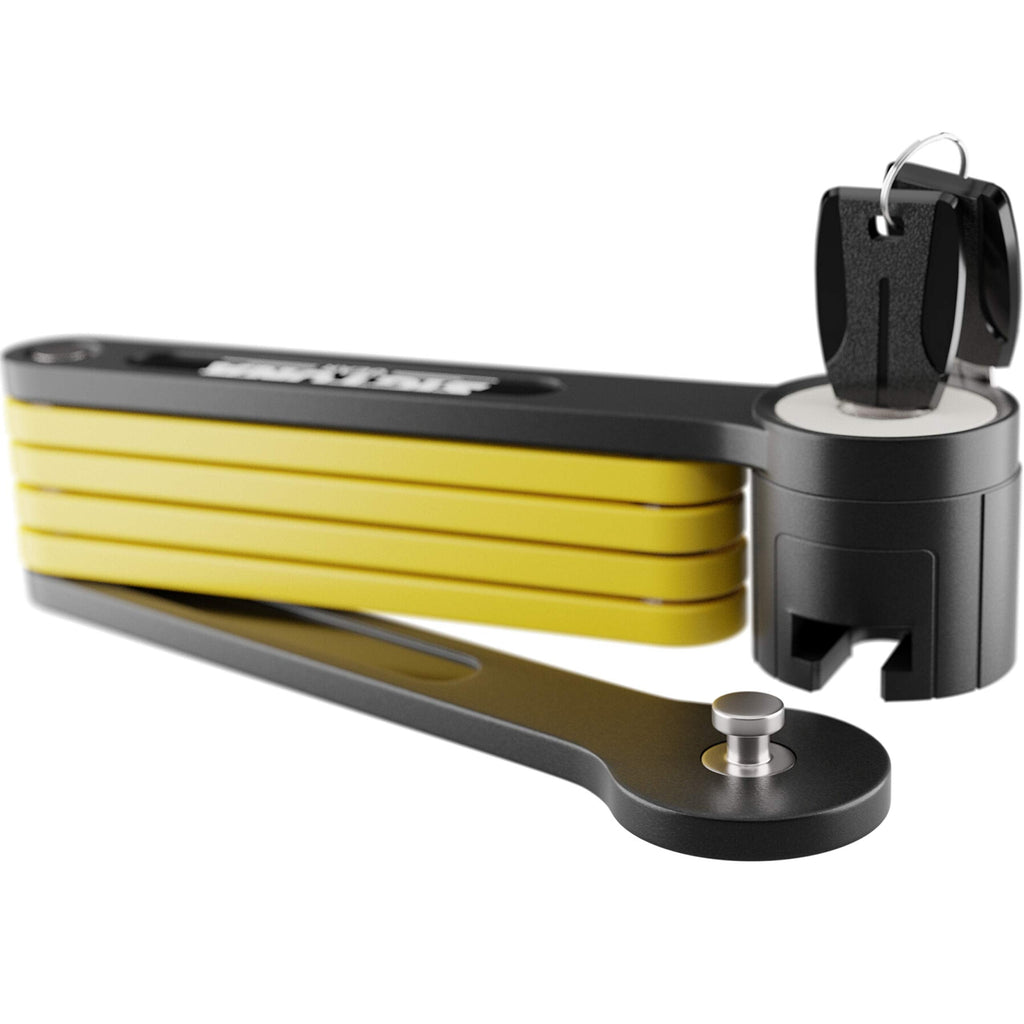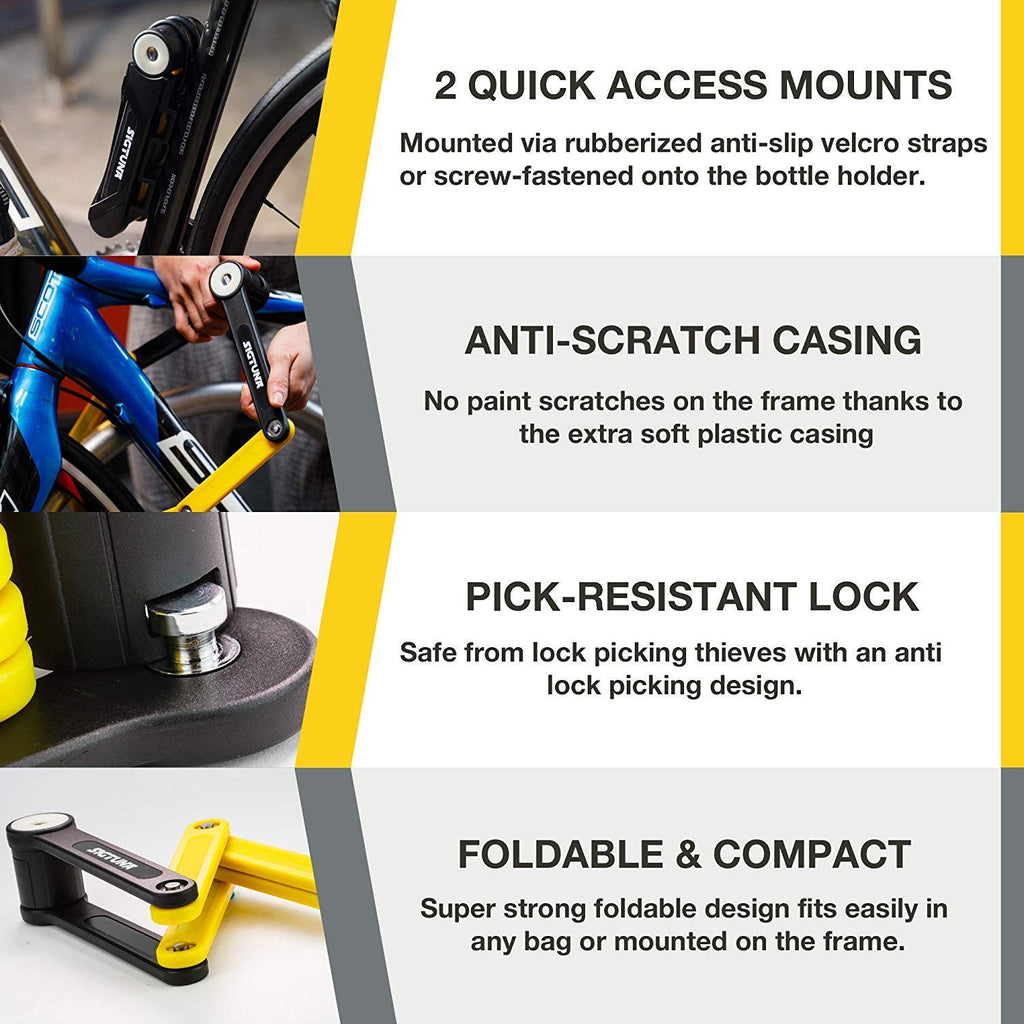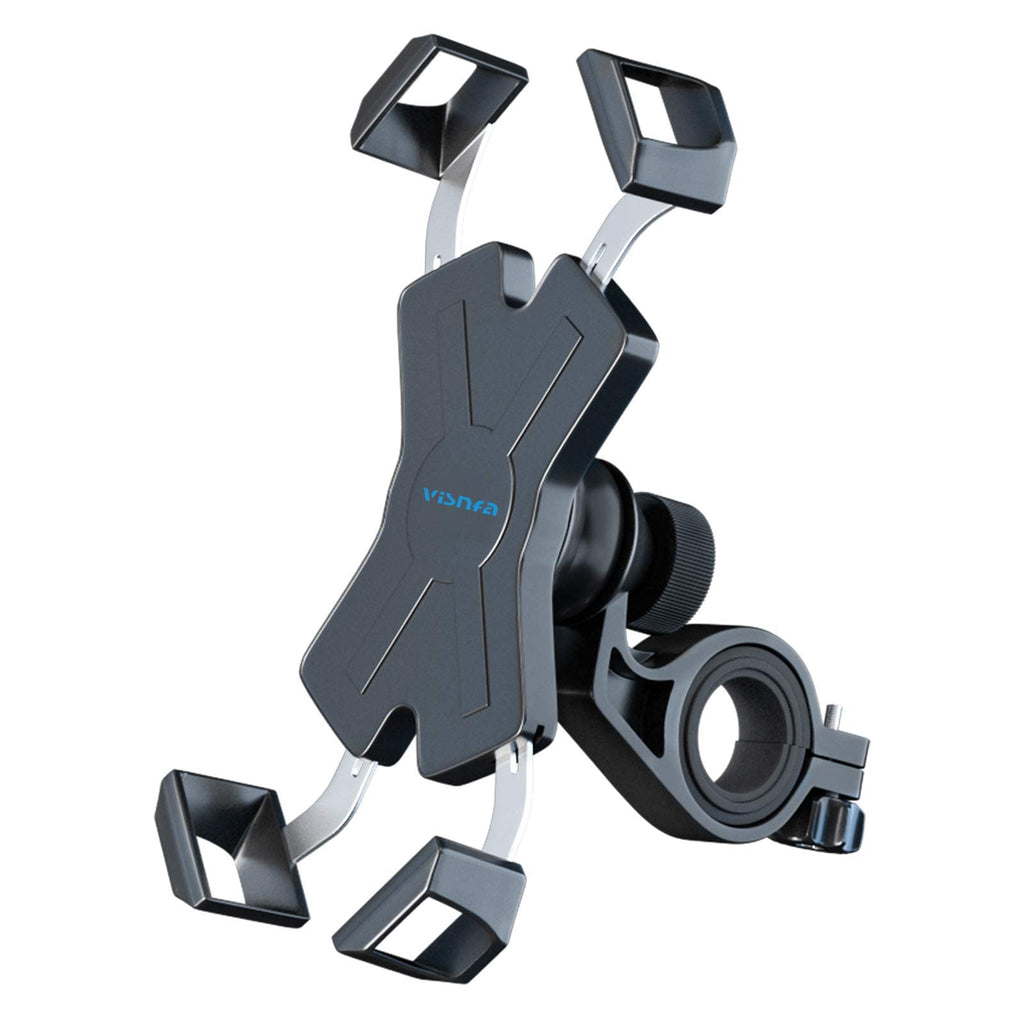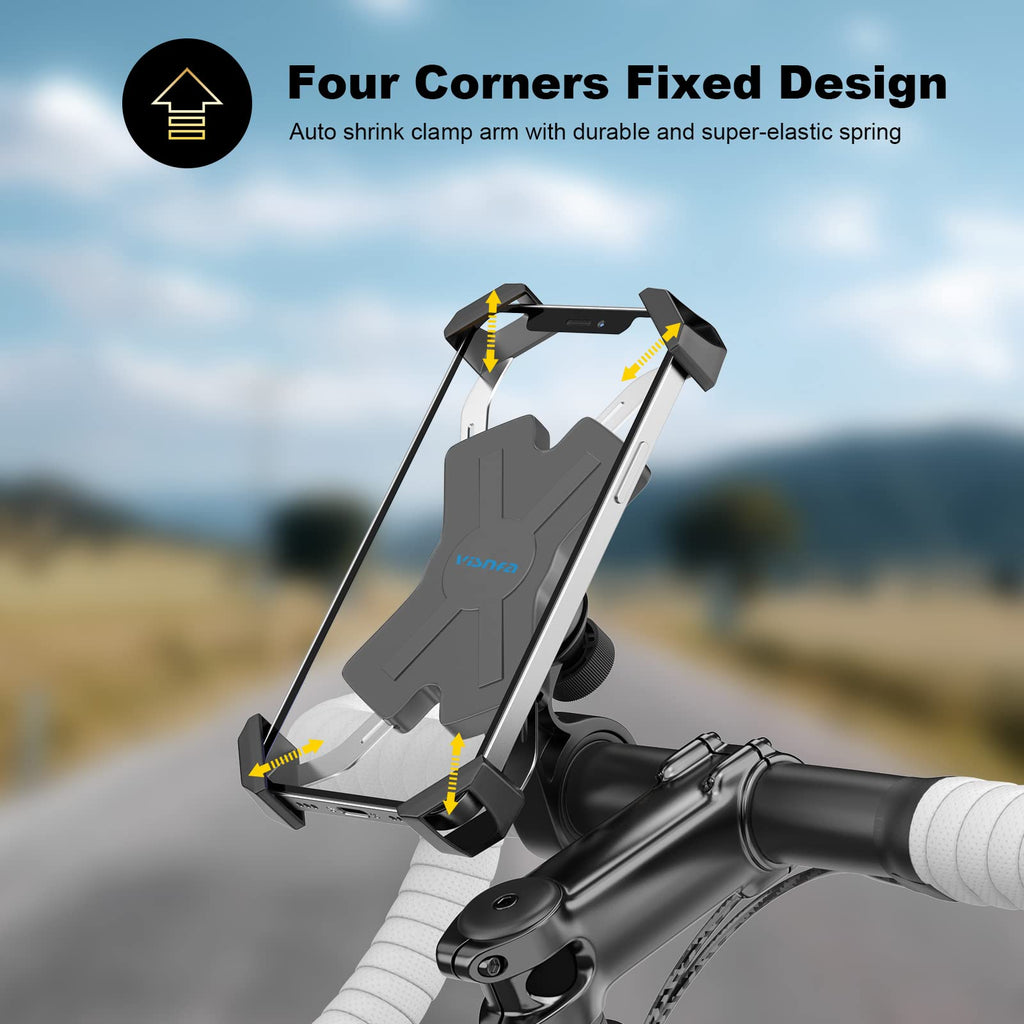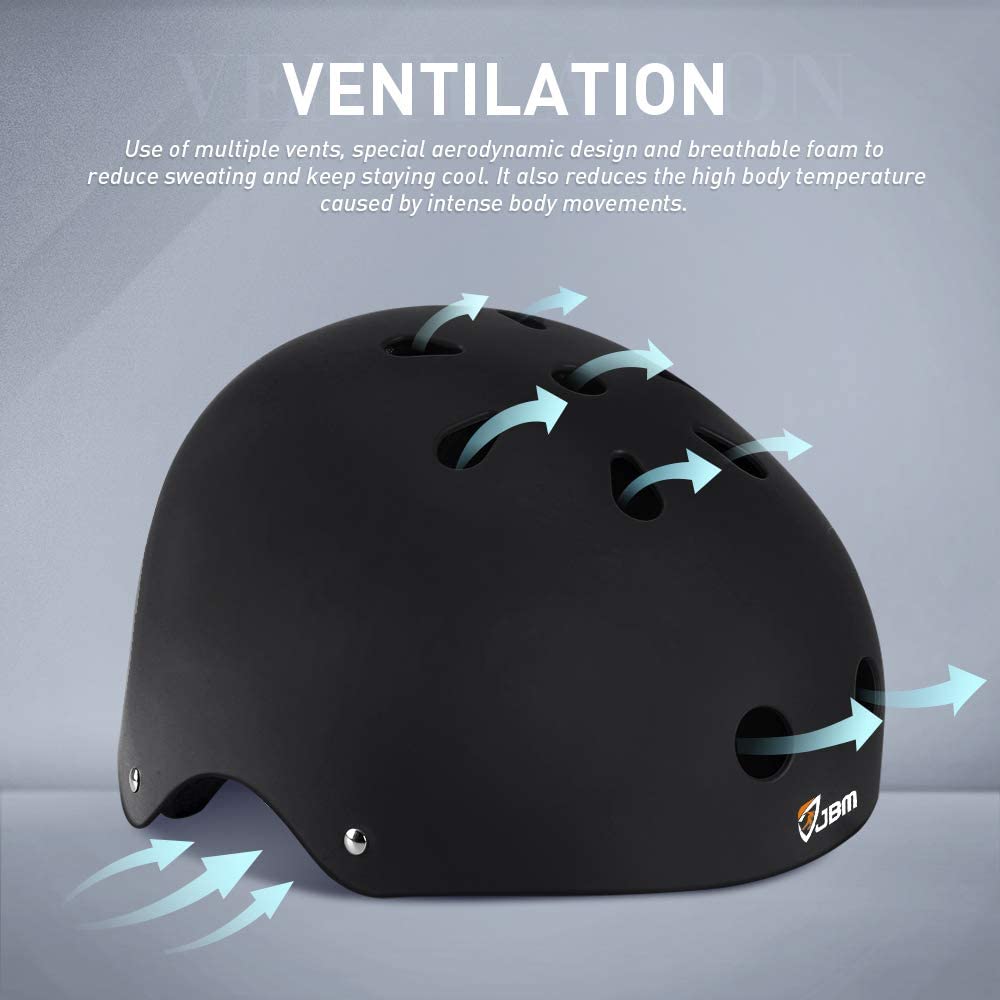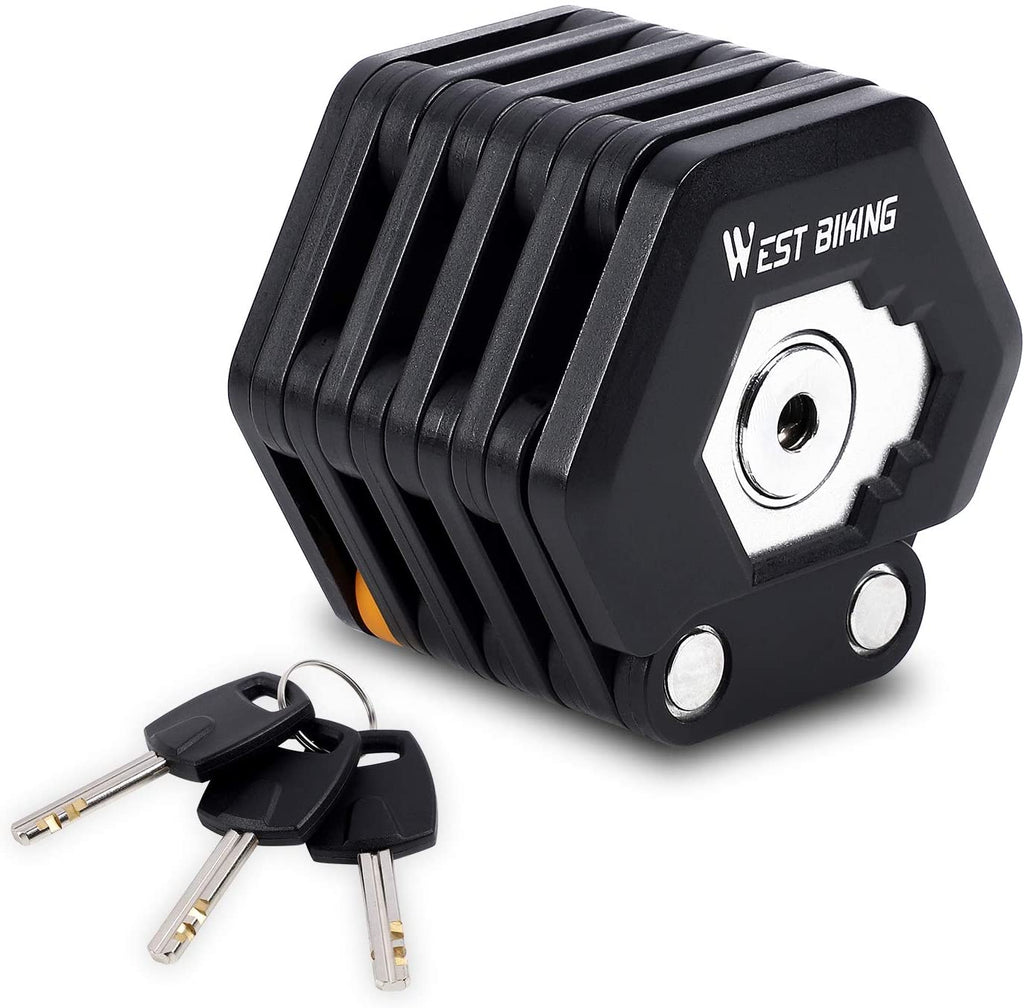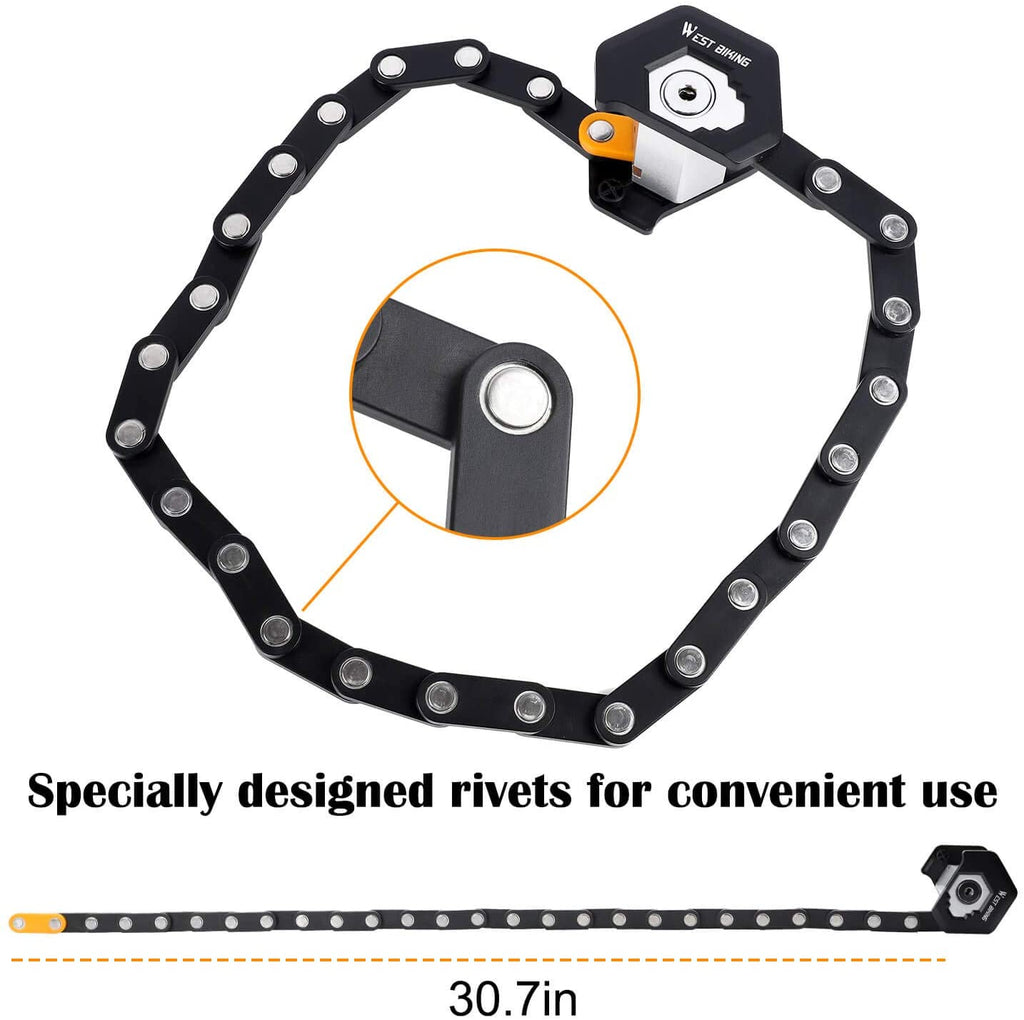$7,500 EV Tax credit: Who Qualifies in 2025 and How to Claim It at Checkout
September 30, 2025. Americans can still take up to $7,500 off a qualifying new electric vehicle in 2025, and many can apply the savings at checkout, but there’s a hard stop: under Public Law 119-21 (OBBB), clean-vehicle credits for new (§30D), used (§25E), and commercial (§45W) vehicles are not available for vehicles acquired on or after September 30, 2025. Acquired means a binding written contract plus any payment by Sept. 30. Delivery may occur later; you claim the credit when the vehicle is placed in service.
Key facts:
📅 Cutoff Date
No federal clean-vehicle credits for vehicles acquired after Sept. 30, 2025.
📝 Acquisition Test
Must have a binding contract + payment (deposit, down payment, or trade-in) on/before Sept. 30. Delivery can follow.
🚚 Delivery After Deadline
Still eligible if you met the acquisition test; claim when the vehicle is delivered.
💰 New EV Credit
Up to $7,500: split $3,750 battery components + $3,750 critical minerals.
🔋 Vehicle Specs
Battery ≥ 7 kWh and GVWR < 14,000 lb.
👨👩👧 Income Caps
$300k (MFJ) / $225k (HOH) / $150k (others).
🚙 MSRP Caps
$80,000 for SUV/van/pickup; $55,000 for other vehicles. Based on Monroney window label.
🏷️ SUV Classification
Uses EPA fuel-economy labeling; crossovers like Model Y, Mach-E, Lyriq may count as SUVs.
♻️ Used EV Credit (§25E)
30% of sale price up to $4,000. Vehicle ≤ $25k and ≥ 2 model years old. Income caps $150k/$112.5k/$75k. Once every 3 years per taxpayer.
🏢 Commercial Credit (§45W)
Available for qualified business purchases through cutoff; up to $40,000.
📑 Model Eligibility
Check FuelEconomy.gov by delivery date.
🔎 VIN Confirmation
Final confirmation occurs in dealer’s IRS ECO time-of-sale submission (no public VIN checker).
💳 Point-of-Sale Transfer
Apply the credit at checkout with registered dealer for vehicles placed in service through 2025. Still reconcile on Form 8936.
🔄 Transfers Per Year
Up to 2 clean-vehicle POS transfers per year (max one used EV).
🛒 Dealer Duty
Dealer must be ECO-registered and file time-of-sale report within 3 days; buyer receives a copy.
⚡ Home Charger Credit (§30C)
Separate from vehicle credit. Claim on Form 8911. May require eligible census tract; not a POS item.
🔗 For live updates, check our EV Tax Credit Eligibility & Claim Tracker

Acquisition date, not delivery, decides eligibility
Buyers often assume the handover date controls eligibility. Policymakers instead tie the benefit to when the deal is legally binding.
Credits are unavailable for vehicles acquired on or after September 30, 2025. Acquired = binding written contract + any payment by 9/30/2025; delivery may occur later.
Meeting the acquisition test preserves eligibility even if inventory is delayed. Consumers should retain the signed contract and dated proof of payment means deposit, down payment, or trade-in. Dealers should note that eligibility is determined before delivery logistics.
Who gets the full $7,500 in 2025 (New EVs)
The top-line amount is widely quoted, but it’s conditional.
The $7,500 credit splits into $3,750 battery components + $3,750 critical minerals and requires battery ≥ 7 kWh and GVWR < 14,000 lb.
Failing either sourcing test halves the credit. Shoppers should confirm the vehicle’s configuration and model eligibility for the delivery date, not just announcement lists.
Income and MSRP caps gate most outcomes
Affordability and fairness guardrails limit who receives the benefit.
AGI caps (New EVs): $300k MFJ / $225k HOH / $150k others. MSRP caps: $80,000 (SUV/van/pickup) or $55,000 (other). MSRP means the Monroney window-label price, not the negotiated price.
Cross-shopping near these thresholds demands documentation. Buyers should screenshot window labels and keep lender pre-approvals handy to avoid post-purchase disputes.
EPA class can swing you between $55k and $80k caps
Crossovers blur categories, and marketing names can mislead.
Vehicle class for the cap uses EPA fuel-economy labeling; some crossovers (e.g., Model Y, Mustang Mach-E, Cadillac Lyriq) are classified as SUVs and thus use the $80,000 MSRP cap.
Verify the class on the fuel-economy label or FuelEconomy.gov for the specific trim and delivery date. Treat third-party listings as non-authoritative for eligibility.
Claim it at checkout Via point-of-sale (POS) transfer
Many consumers prefer upfront savings rather than a tax-season benefit.
Buyers may transfer the credit to a registered dealer at checkout; the dealer files a time-of-sale report in IRS Energy Credits Online. The buyer later reconciles on Form 8936 when the vehicle is placed in service.
POS transfer is later checked against income caps; if the buyer exceeds limits, the advanced amount is repaid on the tax return. Documentation and the seller’s report are critical.
Dealer filing is a make-or-break step
Administrative failures, not consumer intent, often derail benefits.
Dealers must submit the time-of-sale report within 3 calendar days and provide the buyer a copy.
Without an accepted report, the IRS can deny the claim or claw back a transferred credit. Buyers should not leave the showroom without their report; dealers should audit POS/DMS workflows ahead of delivery.
Used EV credit targets value buyers
The secondary market widens access to electrification.
Used EV credit (§25E): 30% of sale price up to $4,000, for vehicles ≤ $25,000 and ≥ 2 model years old; AGI caps: $150k MFJ / $112.5k HOH / $75k others; once every 3 years per taxpayer.
Because price is capped at $25,000, inventory selection matters. Confirm dealer filing and keep the report; acquisition by 9/30/2025 preserves eligibility even if delivery follows.
VIN vs. model lists, what actually confirms eligibility
Shoppers look for VIN lookups; most public tools list models, not VIN-specific status.
Model/date eligibility is listed on FuelEconomy.gov; VIN-specific confirmation occurs when the dealer submits the time-of-sale report in IRS ECO.
A public VIN check isn’t authoritative for the credit. Buyers should rely on the dealer’s IRS submission and retain the accepted report copy.
Closing summary
This report clarifies who qualifies for the federal EV credits, how to apply them at checkout, and which documentation protects consumers and dealers. Eligibility turns on acquisition paperwork, price and income caps, and proper dealer filing, not marketing terms or delivery timing.
Expert quote:
Eligibility hinges on paperwork, not handover, a binding contract plus payment determines the credit, and proper dealer filing makes it real at checkout. Content Head, Tahseen Ameer at Driderescooters.
About Driderescooters:
Driderescooters publishes data-driven guidance for EV shoppers and retailers, translating federal rules into clear, actionable steps. Our newsroom team focuses on eligibility, point-of-sale processes, and consumer protection.
Contact Media:
Tahseen, Content Head at DRIDER E Scooters
info@driderescooters.com
(714) 512-5677
